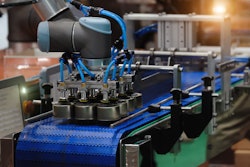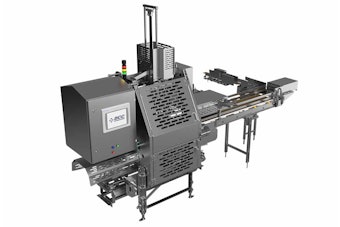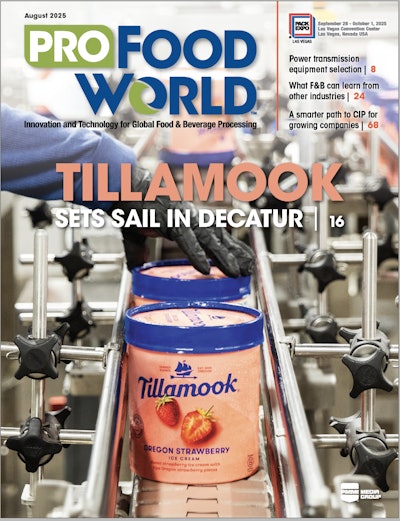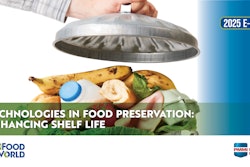
If seeing the world with infrared vision is on your bucket list, a recent Discover Magazine article has good news for you. Apparently a group of researchers from the U.S. and China have devised a way to make eyes see otherwise invisible near-infrared wavelengths of light. The feat was accomplished by injecting nanoparticles into the eyes of mice that translate infrared photons into visible ones.
The team coated the nanoparticles with a special protein that enables them to bind to rods and cones in the eye where photons are converted into neural messages. After the mice had been altered, they were subjected to a series of tests to evaluate their expanded perspective like monitoring pupil contractions in response to infrared light, which confirmed they were picking up infrared signals. The scientists believe the nanoparticles would also work in humans since our eyes are very similar to those found in the tiny rodents. Whether or not the FDA will allow it is another story...

















